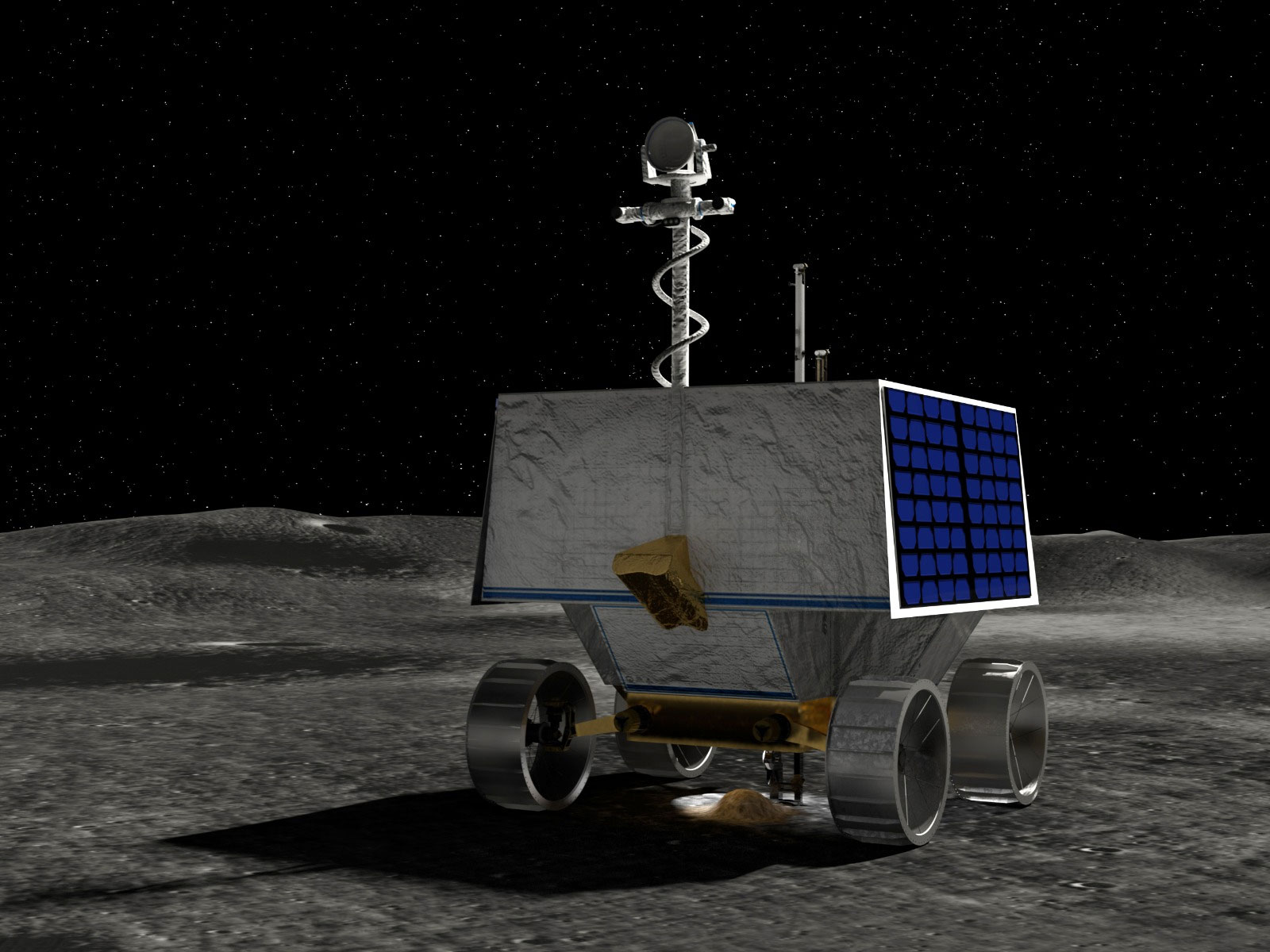These Five Innovative Rovers Will Soon Explore the Moon
From a team of mini-bots launched by a catapult to a remote-control golf-cart-sized vehicle, these robots will help us understand the moon’s geology
Sam Zlotnik
Mass Media Fellow, AAAS
November 2, 2022

NASA’s Volatiles Investigating Polar Exploration Rover, or VIPER, will seek out ice deposits in the craters of the lunar South Pole. NASA / Daniel Rutter
Over the next couple years, new rovers will explore more of the moon’s surface than ever before. Through its Artemis program, NASA plans to send humans to the moon for the first time in five decades, setting the groundwork for the construction of a permanent lunar base camp. But before any astronauts set foot on the moon, a multinational array of robots will be taking their first steps—or first rolls—across the lunar soil.
In the early 1970s, both the United States and the Soviet Union sent rovers to the moon, but since then, only two new rovers have successfully explored the lunar surface. The Chinese rover Yutu landed in 2013, followed by Yutu-2 in 2019, which is still on the moon today.
Terry Fong, a roboticist at NASA’s Ames Research Center, says lunar rovers in this new wave vary substantially both in size and in technical capabilities, in part because they are each exploring a different part of the satellite. Each rover has unique abilities to match the disparate challenges it will face at its lunar destination. “The environment on the moon is very different depending on where you go,” he adds.
Many of the missions will focus on the lunar soil, or regolith. Some rovers will mark the first attempts of their respective countries to explore the moon. With more than a dozen rover missions planned for the next three years, we sifted through the projects and polled experts to share with you details about five of the most compelling.
More:
https://www.smithsonianmag.com/science-nature/these-five-innovative-rovers-will-soon-explore-the-moon-180980819/
